
Sword of Convallaria is a great tactical RPG only to be overshadowed by its optional free-to-play trappings
Although live service games aren’t our usual focus, a recent title has captured my attention: Sword of Convallaria. Developed by XD Inc. — known for mobile-centric spinoffs of popular IPs like Ragnarok Online — this game initially seemed like something I wouldn’t invest much time in. However, after diving deep and fully exhausting its content, I felt it was only fair to offer my final impressions. Given that live service games are ever-changing, predicting how Sword of Convallaria will fare in the long run is difficult.
The story starts with the player’s avatar waking up in a prison cell, suffering from amnesia. After escaping, you find yourself in the kingdom of Iria, which has descended into chaos following a riot. During the riot, your character is killed and ends up in a purgatory-like realm called Elysium. In this mysterious place, you must uncover the secrets of Elysium by finding Tarot cards, a central element in the Fool’s Journey game mode. Armed with the knowledge and power gained in Elysium, you can alter fate, returning to Iria to change the course of history in the Spiral of Destiny mode.
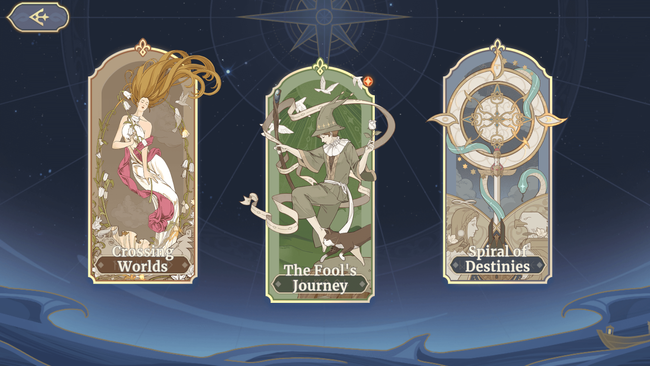
At its core, Sword of Convallaria features tactical gameplay that unfolds on a grid. Units move based on predetermined speed stats, which cannot be altered. Tank units usually move first, while ranged units act last. The game employs a weapon triangle system: red (Breaker) counters green (Defender), while blue (Seeker) has the advantage over red. Terrain plays a strategic role, providing advantages depending on positioning. While the game doesn’t achieve the depth of tactical classics like Final Fantasy Tactics or Tactics Ogre, its end-game challenges demand meticulous planning.
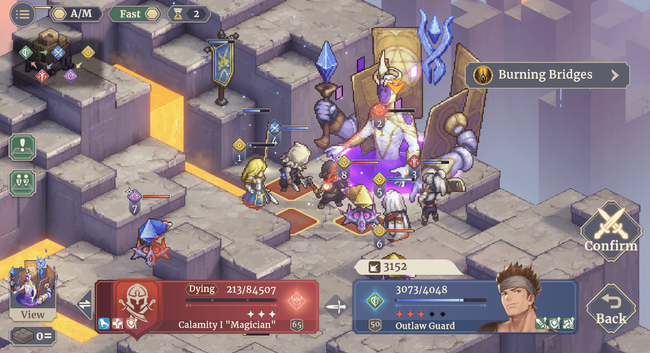
As mentioned, The Fool’s Journey mode contains the bulk of the live service elements. This mode involves grinding for resources to upgrade characters, which are obtained via a gacha system. The system isn’t overly restrictive, but it’s not particularly generous either. One of the most confusing aspects is the game's pity system. At first glance, it seems less generous than other gacha titles, but there are actually three separate pity systems in place. First, there’s a general pity system at 180 rolls, though this is quite a high threshold. The pull rates are 2%, which isn’t terrible but feels slow due to limited currency gain. Additionally, each banner has its own pity system, separate from the 180-roll threshold, and if you pull the featured unit, your 180-roll counter resets. A lesser-known aspect is a hidden under 2% rate pity system that guarantees an SSR unit on the next pull if your pull rate is under 2% rate. Another drawback, is the banners are released at an accelerated schedule to catch up with the Chinese base version.
While Sword of Convallaria is beatable with lower-rarity units—some of which are crucial in end-game PvE content—higher-rarity characters are generally stronger, though they lack some of the specialized tools found in their lower-rarity counterparts. Duplicate characters yield memory shards for ascension, a system similar to those in Langrisser Mobile or Princess Connect Re: Dive. Although there are comparisons to Hoyoverse’s Eidolon and Constellation mechanics, the key difference here is that you can farm shards to ascend characters, making it more accessible for free-to-play players.
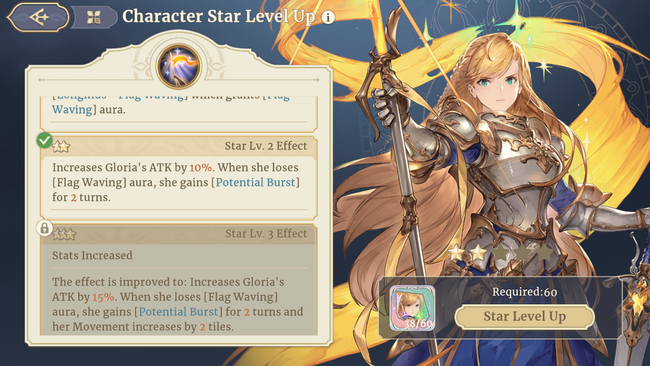
However, character progression has its drawbacks. At certain ranks, you are forced to choose between two skills, and unlocking the alternate skill requires an extremely rare resource called Castalia. Castalia is difficult to acquire without spending money. Moreover, progression is heavily gated by a slow stamina recharge system, and resources for upgrading characters can run dry quickly. In the end-game, the costs to upgrade weapons and characters rise sharply, further slowing progress. To make matters worse, some of the recharge currencies are time-limited, which creates a FOMO effect for players.
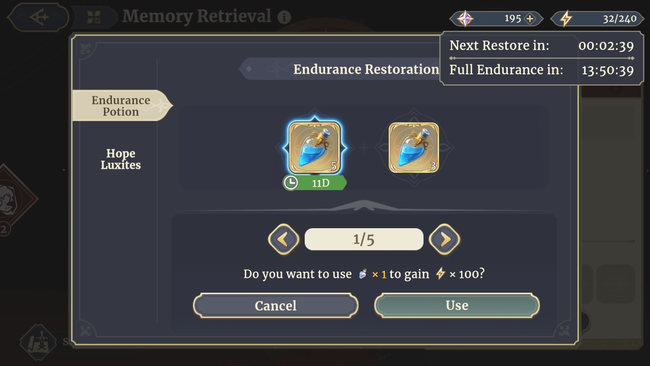
The storyline present in The Fool’s Journey mode is separate from the main narrative and is generally less engaging. It involves collecting MacGuffins like Tarot cards while being pursued by spirit-like entities called the Calamity. Occasionally, you glimpse the viewpoints of characters that later appear in Spiral of Destiny, offering some additional backstories. However, this mode’s story is ultimately the least compelling part of the game.
Spiral of Destiny, on the other hand, is where the main story shines. It functions more like a roguelike. While you can bring three characters from the main game, their stats don’t hold much weight due to the power scaling in this mode. Each week, you train characters and complete quests, which drain stamina. Once exhausted, they need to rest. As the story progresses, your decisions during quests determine the route you take, based on alliances you form. Future updates promise additional factions, expanding the mode further.
The story in Spiral of Destiny is arguably the strongest aspect of the game, delivering hours of content with a well-crafted narrative. The political intrigue and conflicts within Iria are especially engaging. However, this mode is a significant time investment, particularly if you want to see all the different endings and fully understand the story. A major frustration is the checkpoint system, as you can only restart from Beacon points (chapter-based checkpoints). This means it can take several hours to return to the point where you made key choices. Despite these challenges, the narrative is worth the effort, with different factions playing critical roles in shaping the outcome. The only weak link is the protagonist—a bland self-insert character with uninspiring dialogue options.
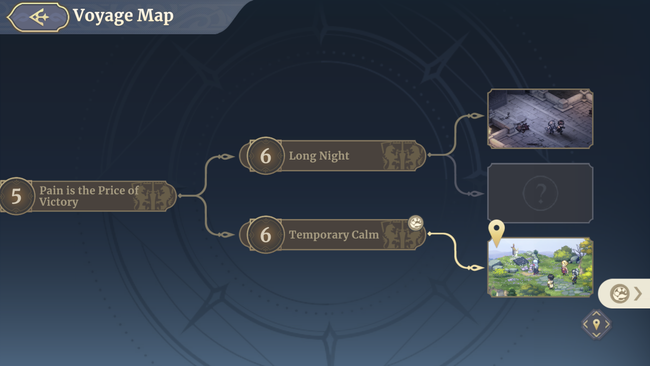
In terms of presentation, Sword of Convallaria excels. The game uses modern 2D sprites reminiscent of classics like Final Fantasy Tactics, with a level of detail comparable to Triangle Strategy. The environments are viewed from an isometric perspective, though the inability to adjust the camera can be frustrating in crowded areas. One peculiar design choice is that units must face the direction they are moving, which leaves them vulnerable to side or back attacks. Despite this quirk, the gameplay feels smooth and responsive. The Steam version lets you toggle between a console and mobile UI, though the UI could use improvement, particularly in displaying buffs and debuffs, which are hard to see. Manually checking enemy buffs can be cumbersome, making it difficult to process all available information during combat. On the audio front, Hitoshi Sakimoto’s score provides an excellent score which shows his style at work.
Overall, I enjoyed my time with Sword of Convallaria, but I’m unsure if it has the longevity to sustain its player base long-term. The content can be easily exhausted, leading to a heavy grind. While the Spiral of Destiny mode offers a fantastic story, replaying it is difficult due to the time commitment required to return to key moments, especially if you're aiming to see all possible endings. That said, I remain hopeful and look forward to the game’s future updates.

